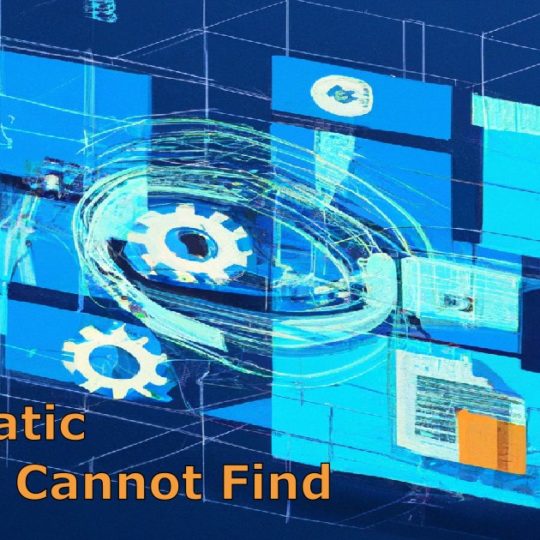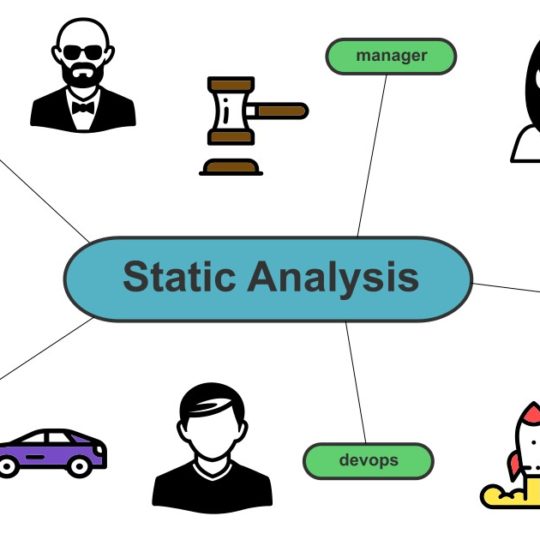During the software development lifecycle, testing is essential for ensuring that the software functions correctly and meets the desired quality standards. There are various types of testing, including unit, integration, and end-to-end, each with its strengths and limitations. However, a question that often arises is whether static analysis can be considered a form of testing. The answer is not a simple yes or no. Some aspects of static analysis are a form of testing, and others are not. Let’s review what constitutes software testing and what static analysis covers to answer the question, is static analysis testing?
Software Testing
“Software testing is the act of examining the artifacts and the behavior of the software under test by validation and verification.” – wikipedia.org
Testing software involves evaluating a software application or system to identify defects, bugs, errors, and other issues affecting its performance or functionality. Testing ensures the software meets the desired quality standards and is free from flaws that could cause user problems. Various testing can be performed manually or using automated tools during different stages of the development process and build pipelines. The ultimate goal of testing is to catch issues early in the development process, allowing developers to fix them before releasing the software to users.
There are different types of software testing, each with its purpose and scope. Unit testing involves testing individual components or modules of the software, ensuring that each one works as intended. Integration testing involves testing how the different parts of the software work together to ensure they integrate correctly. System testing evaluates the entire system, testing how it behaves in different environments and scenarios. Acceptance testing ensures that the software meets the requirements of its stakeholders, while regression testing confirms that changes to the software do not introduce new defects. Finally, exploratory testing involves testing the software unscripted and creatively to uncover issues other testing methods may have missed.
Static Analysis
“In computer science, static program analysis (or static analysis) is the analysis of computer programs performed without executing them, in contrast with dynamic program analysis, which is performed on programs during their execution.” – wikipedia.org
Static analysis is a technique used in software development to examine code or design without executing it. It aims to identify code defects, vulnerabilities, and other issues that may affect its performance, security, or maintainability. Analysis procedures can be executed manually or automatically and are usually performed during development to catch issues before they cause problems.
To learn more about the benefits of static analysis, see Why is static code analysis important?
Different types of static analysis serve specific purposes. Syntax checking ensures that the code conforms to the programming language’s syntax. Data flow analysis tracks how data moves through the code, ensuring its use is correct and secure. Control flow analyzes how control statements, such as loops and conditionals, are used in the code to ensure they function correctly. Security analysis identifies potential vulnerabilities and security weaknesses in the code. Finally, code metrics analysis evaluates the quality of the code based on factors such as code complexity, readability, and maintainability.
How are they the same?
Both software testing and static analysis are techniques used to improve software quality and catch issues before they affect users. Software testing involves executing the software with defined test cases to identify defects, while static analysis examines the code or design without running it to identify weaknesses. In both cases, the goal is to catch issues early in the development process before they become more problematic and expensive.
The overall goal of software testing is to ensure the system functions correctly, securely and performant. By comparison, static analysis can detect syntax errors or bug patterns that cause the software to fail or behave unexpectedly. Some static analysis programs can find potential performance issues that can magnify effects when the software operates at scale. In addition, static application security testing (SAST) identifies potential vulnerabilities and security weaknesses. These areas of static analysis are a form of software testing since they can detect if a system is not operating correctly.
How are they different?
We know software testing involves executing the software with known test cases, while static analysis examines the code or design without running. In this sense, software testing is typically a dynamic technique, while static analysis is a static technique.
The key difference between software testing and static analysis is the types of defects they can identify. Software testing can identify flaws in functionality, performance, and usability. Static analysis can identify deficiencies mainly associated with the software’s structure and security. While both techniques are essential for ensuring software quality, they are complementary and used together to catch a broader range of defects.
A benefit of static analysis that is not considered a form of software testing is its ability to examine the readability and maintainability of the codebase. Poorly written code can still result in the desired functionality. Inconsistent formatting, bad naming conventions, and overly complex functions can still deliver the intended outcome but create future challenges for the development team. Static analysis can ensure consistently formatted, appropriately documented, and well-architected code that will be easier for developers to support and build upon. This ability is something that any typical software testing process cannot offer.
Both software testing and static analysis can be performed manually or using automated tools. Automated testing and static analysis tools are becoming increasingly popular due to their ability to quickly and efficiently perform tests and analyses. However, while automated testing can only catch issues targeted explicitly by the test cases, automated static analysis can detect a wide range of topics by analyzing the code or design. In short, static analysis can check against a standard set of pre-defined rules. On the other hand, software testing involves specific use cases targeted to the changes in the software.
Complimentary Techniques
Static analysis and software testing are two essential techniques that, when used together, improve software quality. When developers combine static analysis and software testing, they can enhance software quality by catching a more comprehensive range of defects. For example, static analysis tools can identify shortcomings related to the software’s structure, maintainability, and security, while software testing can catch faults related to the software’s functionality, performance, and usability.
Moreover, by using static analysis tools locally during implementation, developers can catch defects earlier in the development cycle and reduce the cost of software development. In addition, developers can ensure that common issues don’t find their way into the codebase by using static analysis tools in the continuous integration and delivery (CI/CD) process. This best practice can improve time to market and ensure that the software meets security, readability and maintainability standards.
While static analysis can catch many common vulnerabilities and violations of best practices, it cannot ascertain if the software meets end-user requirements. Therefore, a combination of unit, integration, system, penetration, load, acceptance and even manual testing is always needed. In summary, by actively combining static analysis and software testing, developers can create high-quality software that is both functional and maintainable.
To read more about the boundaries of static analysis, see What are the limitations of static code analysis?
Is Static Analysis Testing?
In conclusion, while static analysis and software testing share similarities, they are distinct techniques for improving software quality. Static analysis involves analyzing code without executing it, while software testing involves running code to identify defects. Developers use static analysis as a form of testing for certain types of defects, such as those related to security and maintainability. However, it is not a substitute for software testing, which is necessary to ensure that software meets functional requirements and performs well under different scenarios. Therefore, while static analysis is essential for improving software quality, it is not a replacement for software testing. Instead, combine these two techniques to complement each other and create high-quality software that meets users’ needs.






